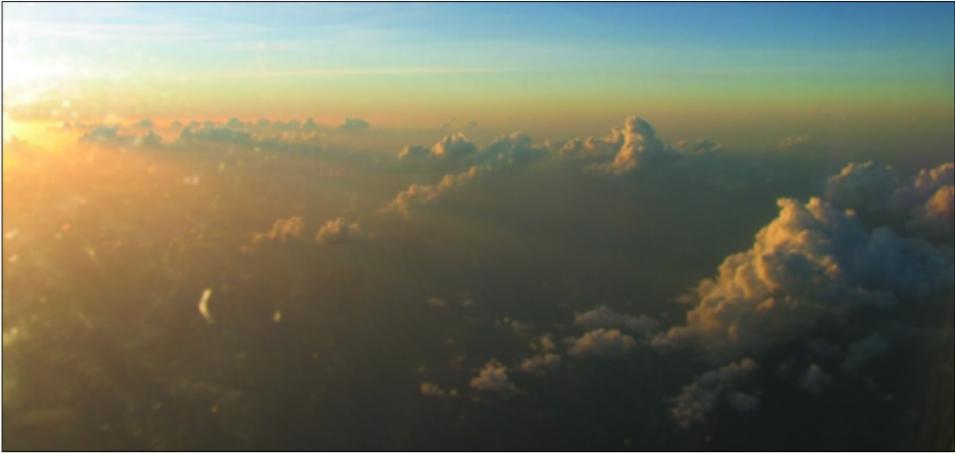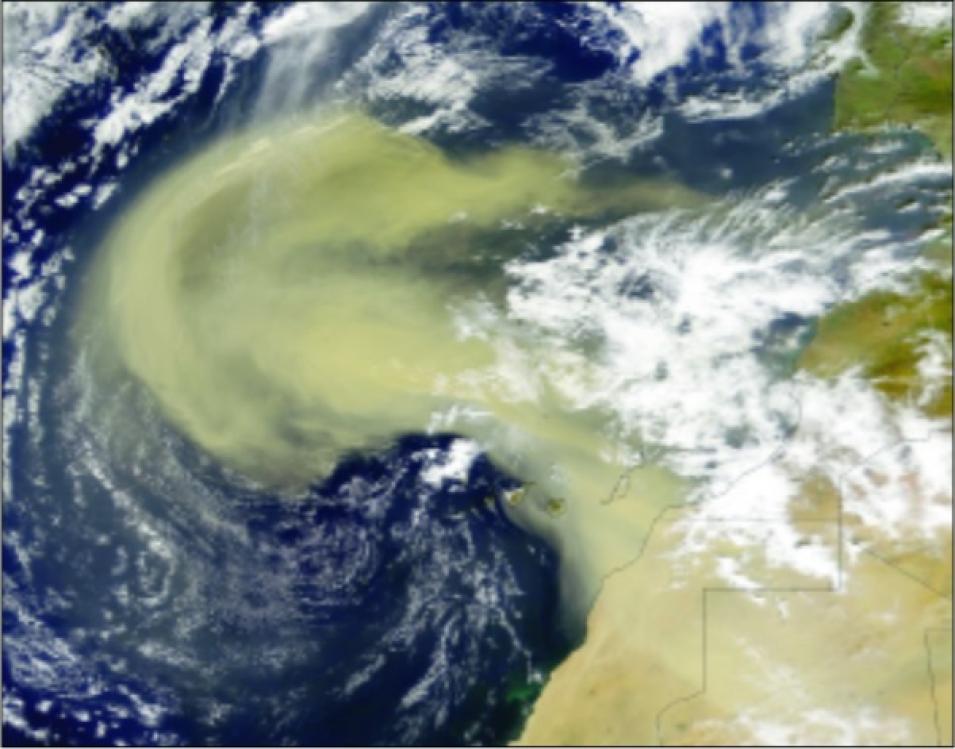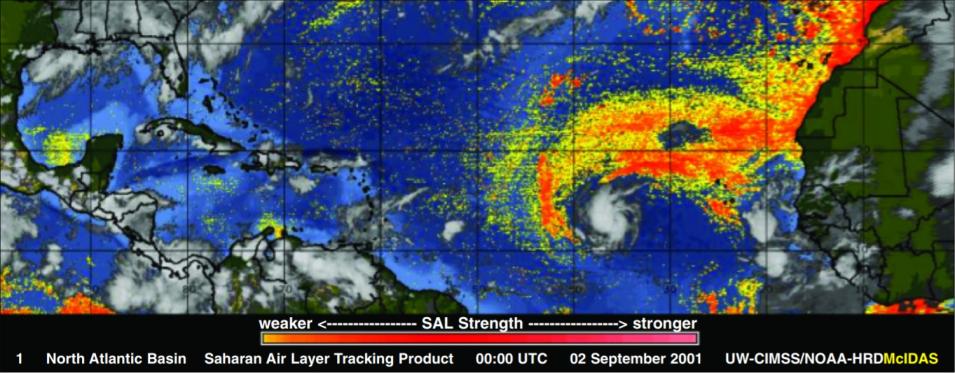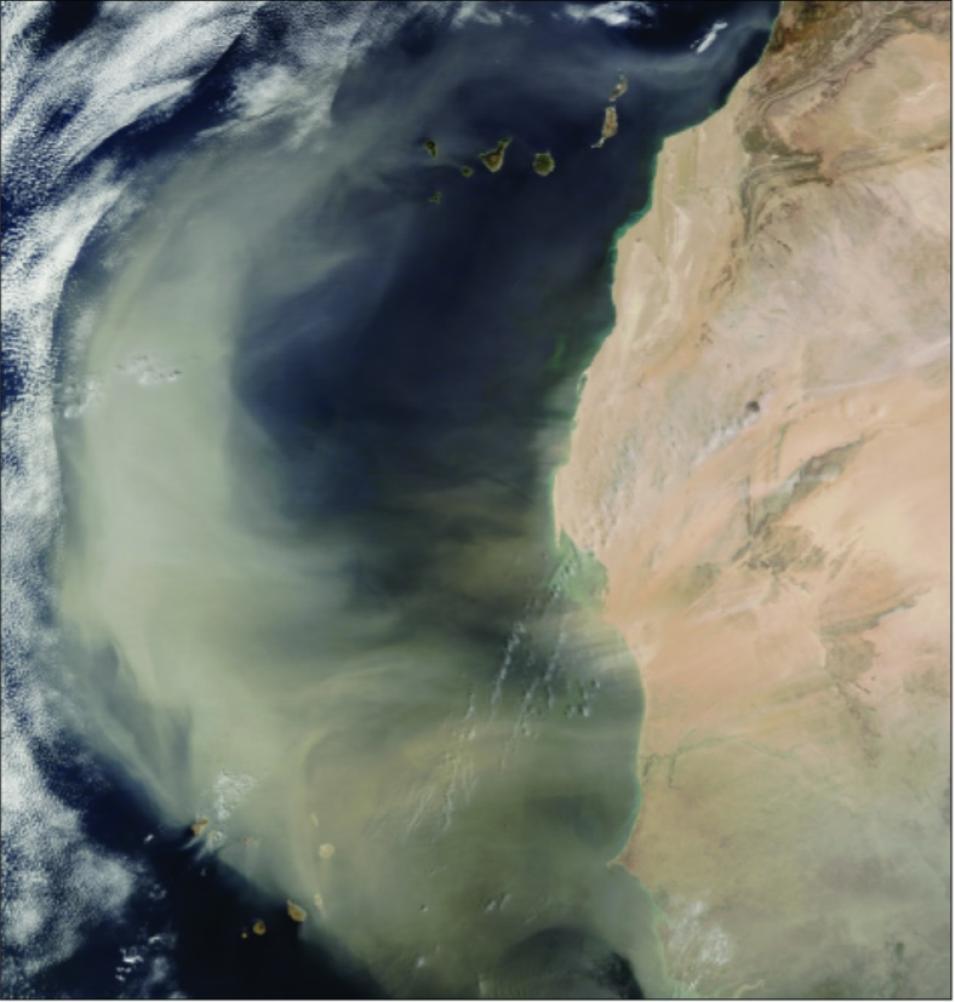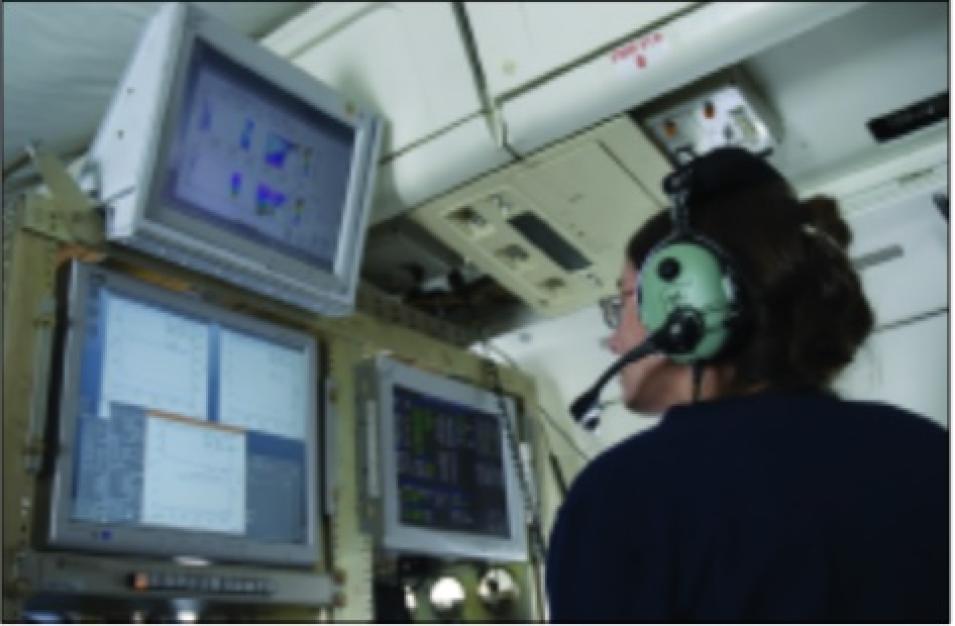Intense studies of intensity
Much is at stake if researchers can solve the puzzle of Atlantic storm-to-hurricane intensification. Dunion said, “Over the last several decades, we’ve made steady improvement in hurricane track forecasts, but improvements in intensity forecasts have been much slower, almost flat. We need to take every little step we can to try to get the intensity trend moving more like the track trend.”
For coastal residents and emergency managers, intensity forecasts can be the difference between deciding to make minor storm preparations or to evacuate. More accurate storm intensity forecasts save money, time, and lives for coastal communities.
The NAMMA team continues to sift through the LASE data and the vast array of other observations taken during the campaign, hoping for more insights on Atlantic hurricane development. The researchers see the campaign as a unique event that was a long time coming.
Dunion said, “Ten years ago we didn’t have a way to track these dust layers. We’ve accidentally flown through and over the tops of the Saharan Air Layer in the past without even knowing it. NAMMA used cutting-edge instruments and technology, and those field experiments help us make these little leaps forward. The idea is to keep that ball rolling.”
References
Dunion, J. P., and C. S. Velden. 2004. The impact of the Saharan Air Layer on Atlantic tropical cyclone activity. Bulletin of the American Meteorological Society 85(3): 353-365.
Kamineni, R., T. N. Krishnamurti, R. A. Ferrare, S. Ismail, and E. V. Browell. 2003. Impact of high resolution water vapor profiles on hurricane forecasts. Geophysical Research Letters 30: 1234.
Kamineni, R., T. N. Krishnamurti, S. Pattnaik, E. V. Browell, S. Ismail, and R. A. Ferrare. 2006. Impact of CAMEX-4 data sets for hurricane forecasts using a global model. Journal of the Atmospheric Sciences 63: 151-174.
NOAA Aircraft Operations Center. Frequently asked questions: What is an easterly wave? http://www.aoml.noaa.gov/hrd/tcfaq/A4.html. Accessed August 2, 2007.
Ross, Robert S., and T. N. Krishnamurti. In press. Low-level African easterly wave activity and its relation to Atlantic tropical cyclogenesis in 2001. Monthly Weather Review.
Wakimoto, R. M., H. V. Murphey, E. V. Browell, and S. Ismail. 2006. The “Triple Point” on 24 May 2002 during IHOP. Part I: Airborne doppler and LASE analyses of the frontal boundaries and convection initiation. Monthly Weather Review 134(1): 231-250.
Wulfmeyer, V., H.-S. Bauer, M. Grzeschik, A. Behrent, F. Vandenberghe, E. V. Browell, S. Ismail, and R. A. Ferrare. 2006. 4-dimensional variational assimilation of water vapor differential absorption lidar data: The first case study within IHOP 2002. Monthly Weather Review 134(1): 209-230.
For more information
NASA Global Hydrometeorology Resource Center Distributed Active Archive Center (GHRC DAAC)
Lidar Atmospheric Sensing Experiment (LASE)
NASA African Monsoon Multidisciplinary Analyses (NAMMA)
Saharan Air Layer Background
| About the data |
|---|
| Sensor | Lidar Atmospheric Sensing Experiment (LASE) | |
| Data sets | NASA African Monsoon Multidisciplinary Analyses (NAMMA) Lidar Atmospheric Sensing Experiment (LASE): DC-8 Relative Aerosol Scattering DC-8 Water Vapor Mixing Ratio (Nadir) | |
| Resolution | DC-8 Relative Aerosol Scattering Vertical: 30 meters Horizontal: Data reporting interval is 6 seconds (1.4 kilometers) with horizontal averaging of 3 seconds (0.7 kilometers) DC-8 Water Vapor Mixing Ratio (Nadir) Vertical: 330 meters with a reporting interval of 30 meters Horizontal: 2 minutes (~28 kilometers) with a sub-sampling (reporting) interval of 6 seconds (1.4 kilometers) | |
| Parameters | Aerosol scattering Water vapor mixing ratio | |
| DAAC | NASA Global Hydrometeorology Resource Center Distributed Active Archive Center (GHRC DAAC) | |
